The kettlebell swing has emerged as one of the most effective and versatile exercises in modern fitness. Unlike traditional weightlifting movements, the swing combines strength, power, and endurance into a single dynamic motion. Its roots trace back to Eastern European strength traditions, where kettlebells were used for both athletic performance and functional labor. Today, the swing is a staple in gyms worldwide, praised for its ability to torch calories, build explosive hip power, and strengthen the posterior chain.
What makes the kettlebell swing unique is its emphasis on hip hinge mechanics rather than pure muscular isolation. When performed correctly, the movement generates power from the hips and glutes, not the arms or shoulders. This full-body engagement leads to improved athletic performance, better posture, and reduced risk of injury. The beauty of the swing lies in its simplicity—a single bell and proper technique can deliver results that rival complex workout regimens.
The Science Behind the Swing
Research has shown that kettlebell swings activate more muscle fibers per rep than conventional exercises like squats or deadlifts. A study published in the Journal of Strength and Conditioning Research found that participants who incorporated swings into their routine experienced significant improvements in grip strength, vertical jump height, and aerobic capacity. The explosive nature of the movement triggers fast-twitch muscle fibers, which are crucial for power development and metabolic conditioning.
Another fascinating aspect is the swing's impact on cardiovascular health. Unlike steady-state cardio, the high-intensity bursts during swinging create an afterburn effect, where the body continues to burn calories at an elevated rate post-workout. This makes it an efficient choice for time-crunched individuals seeking maximum results. The dynamic nature of the exercise also enhances coordination and proprioception, skills that translate to better performance in sports and daily activities.
Mastering the Movement
Proper form separates productive swings from potential injury risks. The movement begins with the kettlebell placed about a foot in front of the feet, which are shoulder-width apart. Gripping the handle with both hands, the lifter hikes the bell back between the legs while pushing the hips backward—this is the loading phase. The explosive portion comes from forcefully extending the hips forward, allowing the momentum to carry the bell to chest height. Crucially, the arms remain loose like ropes; the power comes entirely from the hip snap.
Common mistakes include squatting instead of hinging, using arms to lift the bell, or overextending the back at the top of the movement. These errors not only reduce effectiveness but can lead to strain. Many trainers recommend starting with lighter weights to ingrain proper mechanics before progressing. The Russian hardstyle swing—where the bell stops at shoulder height—is generally safer for beginners than the American variation that goes overhead.
Programming for Progress
Kettlebell swings can be programmed various ways depending on goals. For power development, low-rep sets (10-15) with heavier bells and full recovery between sets work best. Those focusing on endurance might opt for high-rep circuits (30-50 swings) with minimal rest. Many athletes use swings as part of complexes, combining them with squats, presses, or carries for comprehensive workouts.
The timing of swing workouts matters too. Because they're neurologically demanding, they're often placed early in sessions when the body is fresh. Some programs alternate swing sets with strength movements, while others dedicate entire sessions to swing variations. Progressive overload applies just as with traditional lifting—gradually increasing volume, intensity, or complexity over time ensures continued adaptation.
Beyond the Basic Swing
Once the standard two-handed swing is mastered, numerous variations exist to challenge different attributes. Single-arm swings demand greater core stabilization as they resist rotational forces. Alternating hand swings improve coordination and unilateral strength. Dead-stop swings eliminate the stretch reflex, making each rep more challenging. For advanced practitioners, double kettlebell swings with two bells significantly increase the load.
Some athletes incorporate swing variations into explosive training for sports. The jump swing adds an actual jump at the peak of hip extension. Rotational swings develop oblique strength important for throwing and striking sports. Even grip variations like towel swings or offset grips can target different aspects of fitness. This adaptability makes the swing relevant for everyone from office workers to elite athletes.
The kettlebell swing's popularity shows no signs of waning because it delivers what few exercises can—simultaneous strength, power, and conditioning benefits in a time-efficient package. When programmed intelligently and performed with precision, this deceptively simple movement can transform physiques and performance alike. Whether used as a standalone exercise or part of a broader regimen, the swing remains one of fitness's most valuable tools.

By George Bailey/May 20, 2025

By Rebecca Stewart/May 20, 2025

By Ryan Martin/May 20, 2025

By Amanda Phillips/May 8, 2025

By Lily Simpson/May 8, 2025

By Laura Wilson/May 8, 2025

By Sophia Lewis/May 8, 2025
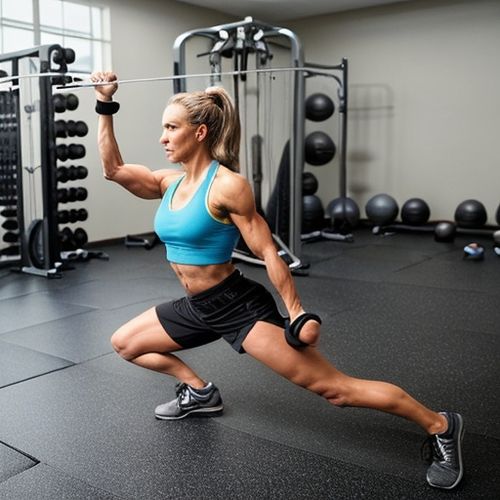
By John Smith/May 8, 2025

By Sophia Lewis/May 8, 2025

By John Smith/May 8, 2025

By Ryan Martin/May 8, 2025

By Eric Ward/May 8, 2025

By Lily Simpson/May 8, 2025
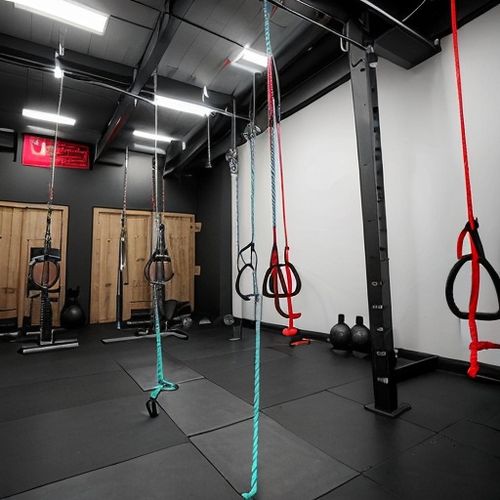
By Victoria Gonzalez/May 8, 2025

By James Moore/May 8, 2025
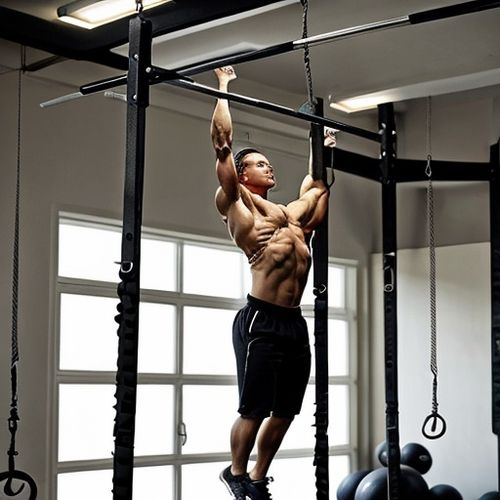
By Emily Johnson/May 8, 2025
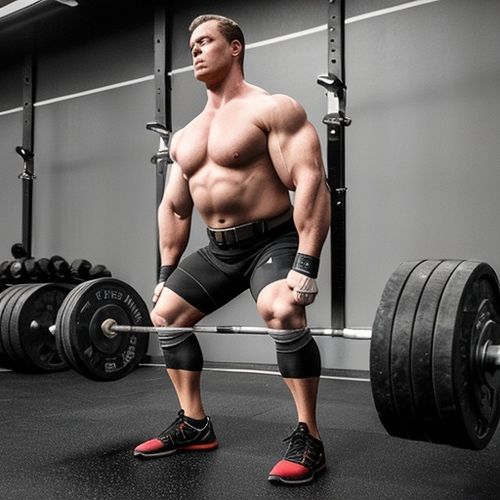
By Jessica Lee/May 8, 2025
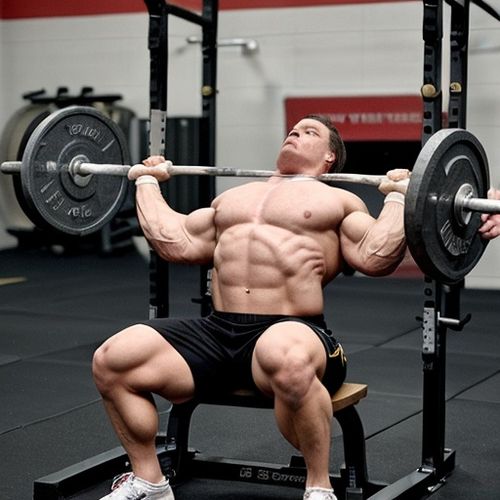
By Grace Cox/May 8, 2025

By David Anderson/May 8, 2025

By Elizabeth Taylor/May 8, 2025